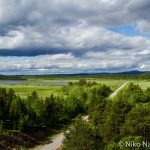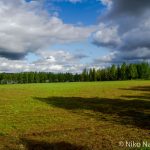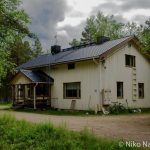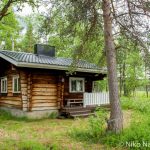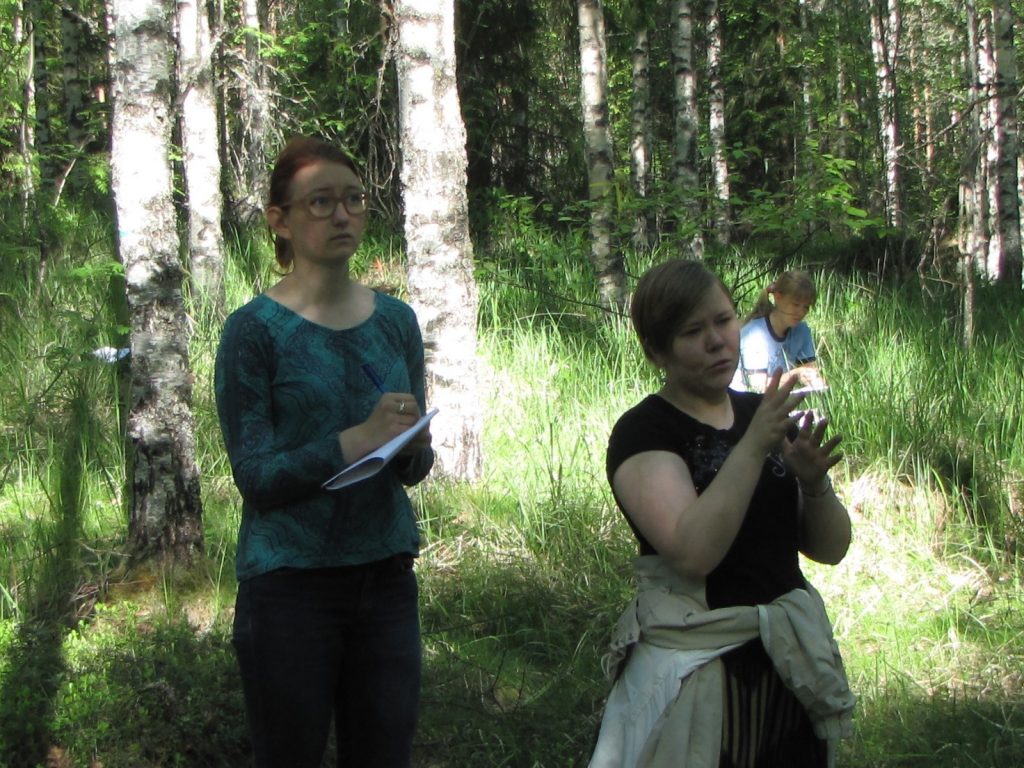The Muddusjärvi Research Station differs slightly from the other four HiLIFE-stations for not having a large infrastructure and year round activities. The station belongs to the Faculty of Agriculture and Forestry, University of Helsinki and is situated in northern Finland in the village Kaamanen, 25 km from the city of Inari. The station operates with ca. 13 hectares of field and ca. 700 ha of forest and administrates also a 1000 ha lake area. The original purpose was to conduct research to support Lappish agriculture and other subarctic research for the Faculty. Since 1996, the usage of the station has been more or less project based and concentrated to the summer time. There is one permanent employer accompanied by the necessary summer help.
The Inari lowlands are among the best farming areas in the northern Lapland. Fields are situated near the water systems and therefore better sheltered from the frost. The soil is mineral soil ranging from fine sand / moraine to fine silt. The fields are low with organic material and the forests are flat dry coniferous forests. Reindeer are a regular sight.
In a future blog post we will write more about the recent research projects which have been conducted from the Muddusjärvi Research Station. The station provides an excellent base for smaller research activities and the station owned areas makes it easy to set up different experiments.
The title of this blog post comes from this excellent time lapse video from a local Inari based photographer Rauno Koivunen. The video shows the leaving of the ice cover from the lake Muddus which happened quite late this year.

